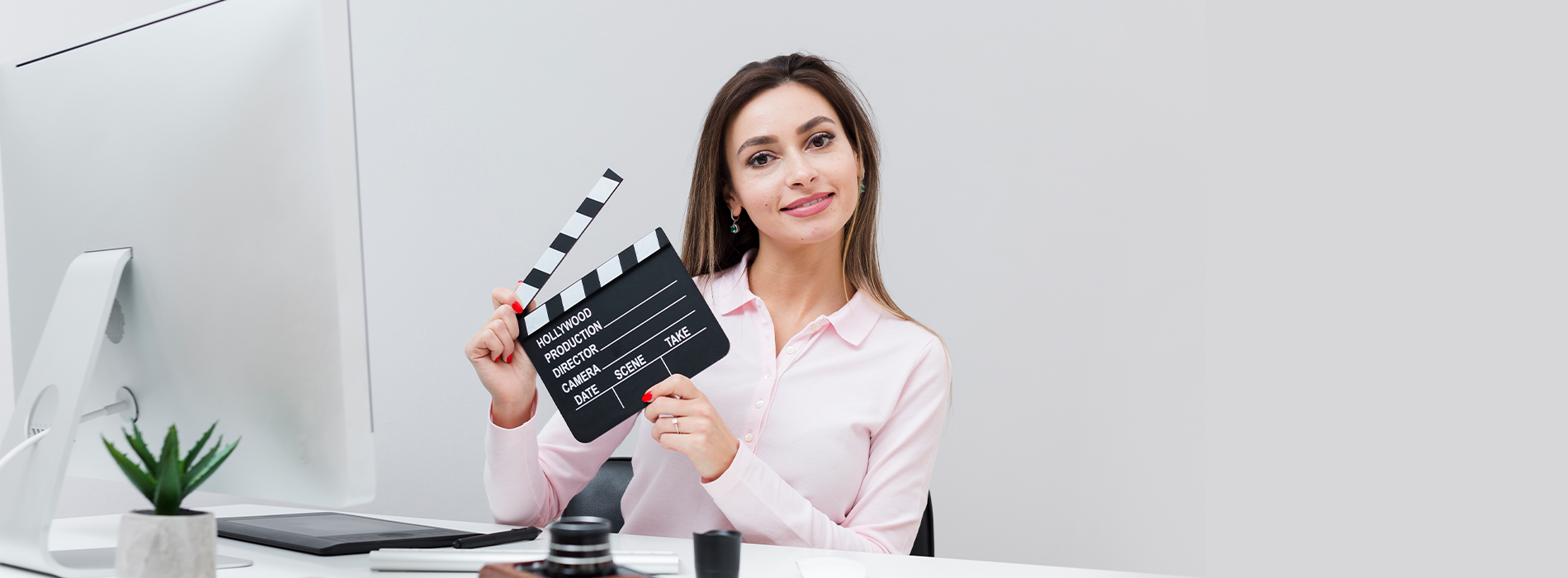Have you ever observed how a person’s facial gestures don’t always match their words?
While effective communication is essential for achieving success in both personal and professional relationships, nonverbal cues—also known as “body language”—speak louder than words every time. Body language, which is frequently done automatically rather than intentionally, is the use of physical behaviour, expressions, and mannerisms to communicate nonverbally.
The majority of communication is fundamentally done through body language. The body language of those around you, whether at work or out with friends, communicates volumes. It’s a type of nonverbal communication in which people’s actual feelings are expressed through facial expressions and body movements.
Table of Contents
- 10 Ways to Recognize Nonverbal Cues
- Start with noticing the eyes as they are the key to the soul.
- Notice their posture.
- Observe the facial expressions.
- Take note of the slight indications.
- The way people nod says a lot about the person.
- You might not notice, but people imitate body language.
- The lower part of the body is what reveals true intentions.
- Pay attention to the hand gestures.
- Look at how the arms are positioned.
- Then there are signs and signals of stress.
- The Importance of Nonverbal Communication
10 Ways to Recognize Nonverbal Cues
Here are some ways that might assist you in learning how to read people’s body language and better understand them.
Start with noticing the eyes as they are the key to the soul.
The way you look at things with your eyes can tell you a lot about who you are. Keep an eye on whether someone establishes direct eye contact or looks away when you’re conversing with them. Their unwillingness to make direct eye contact can signal boredom, disinterest, anxiousness or even deception.
Notice their posture.
Have you ever seen someone enter a room and immediately recognize them as the person in charge? This impression is mostly based on body language, which frequently includes an upright posture, palms facing down movements, and wide gestures in general. On the contrary, slouching projects have less strength.
Observe the facial expressions.
When attempting to comprehend nonverbal behaviour, pay close attention to the mouth. Smiling is a crucial non-verbal cue to notice. Smiles can be of different types, like genuine and false.
Take note of the slight indications.
Unknowingly we make small gestures that say a lot about ourselves. People frequently check their watches or phones and indicate that they need to leave.
The way people nod says a lot about the person.
While speaking, the speed of nodding heads reflects one’s patience. Slow nodding indicates that the person is paying attention. Fast nodding implies that the person would like you to give them a chance to speak.
You might not notice, but people imitate body language.
When we sense a strong bond with another individual, we unconsciously mimic their body language. It’s an indication that the conversation is going well.
The lower part of the body is what reveals true intentions.
The feet are a portion of the body where people frequently “spill” crucial nonverbal cues. Because people are normally so concentrated on controlling their facial expressions and upper body placement that significant signals are disclosed via the feet.
For example, crossed legs indicate that the person is cut off from the conversation.
Pay attention to the hand gestures.
When observing body language, the hands, like the feet, leak vital nonverbal cues. Look for specific hand signals, such as putting your hands in your pockets or placing your hand on your head. This could be a sign of anything from anxiousness to dishonesty.
Look at how the arms are positioned.
Consider a person’s arms as a gateway to their body and self. When someone is standing with crossed arms in front of you, it’s frequently interpreted as a defensive or blocking gesture.
Then there are signs and signals of stress.
Deep sighs may be heard echoing across the room. Whether you mean it or not, sighing conveys a sense of anger, stress, apathy, and trouble remaining calm.
The Importance of Nonverbal Communication
Your nonverbal communication cues, such as how you listen, look, move, and respond, let the other person know whether or not you care about them, whether or not you’re being sincere, and the quality of your listening. It improves trust, clarity, and rapport when your nonverbal cues and what you’re speaking line up. When they don’t, it might lead to conflict, distrust, and uncertainty.
It’s critical to have more awareness of your own body language and nonverbal clues if you wish to improve your communication skills.
To sum up, “Our bodies can modify our minds, then our behaviour, and finally our outcomes.” Your body language shapes who you are.



















